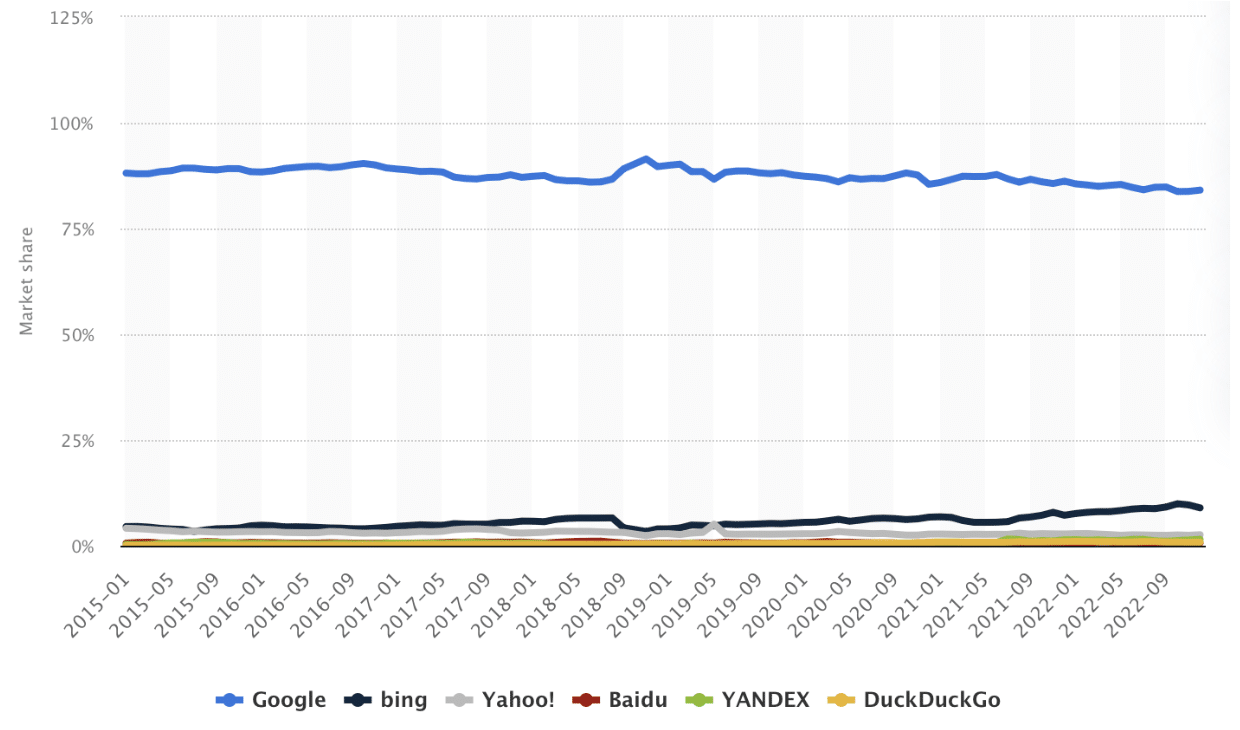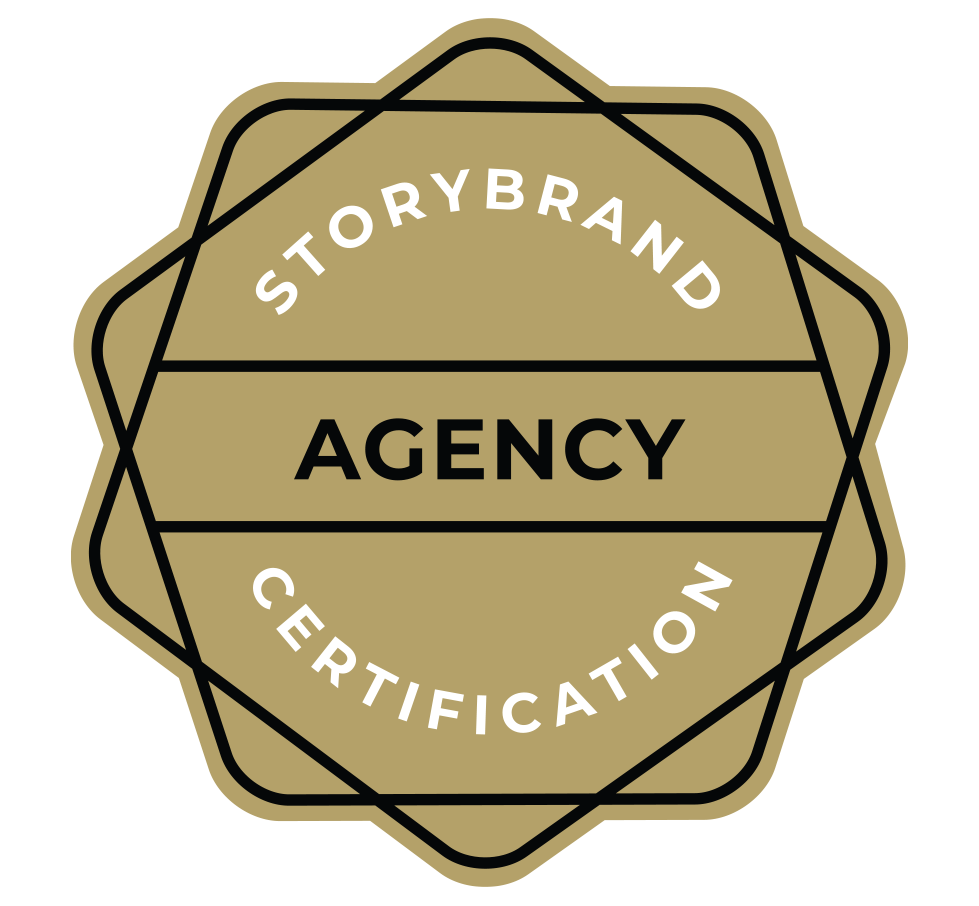
As a StoryBrand web developer, you are responsible for creating websites that effectively communicate the client’s message and engage their target audience. To accomplish this, you need to have a solid understanding of the StoryBrand framework and how it applies to website development.
1. The StoryBrand Framework
At the core of StoryBrand lies the power of storytelling. For any brand to succeed, its story must be effectively communicated through the website. The StoryBrand framework offers a tested and proven approach to crafting a clear and captivating brand message. As a web developer, it is vital to have an in-depth understanding of this framework and its relevance to web design.
The framework consists of seven key elements:
- A Character (your customer)
- Has a Problem (they need to solve)
- And Meets a Guide (your business)
- Who Gives Them a Plan (your solutions)
- And Calls Them to Action (to start the buying process)
- That Ends in Success
- And Helps Them Avoid Failure (what would happen if they don’t buy)
In this post, we’ll discuss five key things every StoryBrand web developer should know.
2. The Importance of Clarity
One of the central tenets of the StoryBrand framework is clarity. Your website should make it immediately clear what the brand is all about and how it can help the user. This means designing a clear and easy-to-navigate website which positions the brand as the guide (step 3) and highlights it’s unique value proposition (step 4).
3. The Role of Brand Messaging
A well-designed website alone is not enough to drive conversions. Effective brand messaging is equally essential in converting website visitors into loyal customers. As a web developer, it is crucial to comprehend the fundamental principles of copywriting and how to integrate them seamlessly into your website design using the Storybrand framework. This involves crafting persuasive and emotionally impactful headlines, calls-to-action, and brand scripts that are strategically placed throughout the website.
Among these, the homepage is the most critical location for your brand messaging. It is often the first point of contact for potential customers, and it can make or break their impression of your brand. Therefore, it is imperative to ensure that your messaging on this page is clear, compelling, and engaging enough to capture the visitor’s attention and inspire them to take action.
4. The Power of Storytelling
Storytelling is the heart of the StoryBrand framework. As a web developer, you should be able to tell a brand’s story through website design. This means incorporating narrative elements into your website, such as a hero’s journey or a before-and-after transformation story. The goal is to create an emotional connection with the user that inspires them to take action. One interesting facet of this that might surprise you is the need to call out ‘the problem’ early on the home page. This can include foreboding copy or imagery that shows the ‘negative’ that the customer is trying to avoid. However counter intutive this may be, it draws the customer in to trusting the brand as the guide. This tension is then resolved in step 4 (solutions) at which point the customers trust in your brand is gained.
5. The Importance of User Experience
Finally, as a StoryBrand web developer, you should understand the importance of user experience (UX). A great website not only looks good but also functions well. This means designing websites that are easy to use and navigate, with clear calls-to-action and intuitive user flows. One design pattern that we like to implement at GOOD Agency is actually a sticky CTA in the header so that the user site knows where they can go at all times to begin the buying process. CTA’s are also placed abundantly throughout the site in areas where they accent copy and do not interfere with design flow.
In conclusion, as a StoryBrand web developer, you play a critical role in helping brands tell their story online. By mastering these five key principles, you can create websites that are both effective and engaging, ultimately driving business success for your clients.
Conclusion
In summary, StoryBrand web developers must be adept in crafting websites that not only look good but also communicate the client’s brand message and engage their target audience. By understanding the StoryBrand framework, the importance of clarity, the role of brand messaging, the power of storytelling, and the significance of user experience, you can create websites that stand out and effectively convert website visitors into loyal customers.
The StoryBrand framework’s storytelling approach emphasizes the customer’s journey, highlighting the problem, the guide (your business), the plan (your solutions), and the call to action that leads to success. Effective brand messaging is essential in communicating this story and inspiring the user to take action. The website’s design should be clear, easy to navigate, and intuitive, with well-placed calls to action that accent copy without interfering with the design flow.
As a StoryBrand web developer, your expertise can help your clients achieve their business goals by effectively telling their story and driving conversions. By mastering these key principles, you can create websites that not only look great but also effectively communicate the brand message, ultimately driving business success for your clients.

Looking to create a high-converting StoryBrand website that captivates your target audience? Or perhaps you’re a web developer seeking guidance in developing a StoryBrand website? Look no further than our team of experts at GOOD Agency. This blog post, written by Senior Developer Franklin D., offers valuable insights into the key principles of StoryBrand web development. If you have any questions or need help creating a StoryBrand website, please email us at agency@reverent.tv. We’ll be happy to assist you and guide you through the process to achieve your business objectives.







